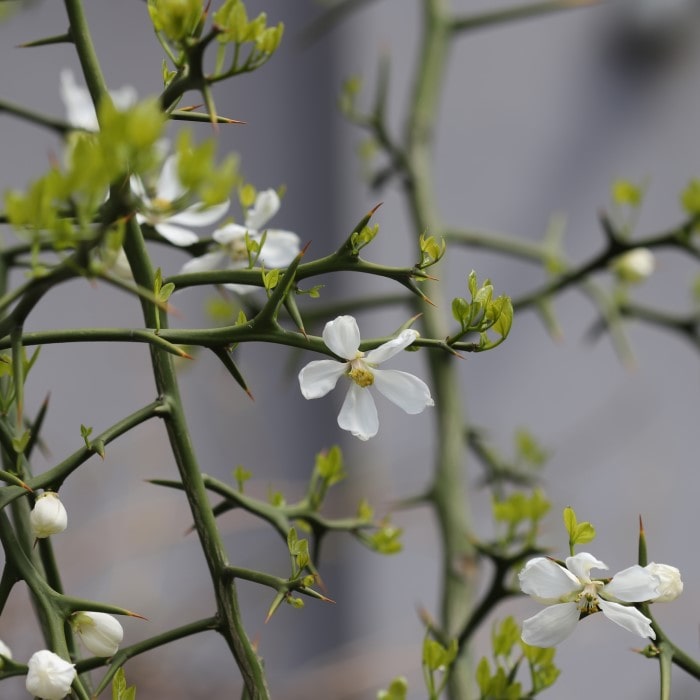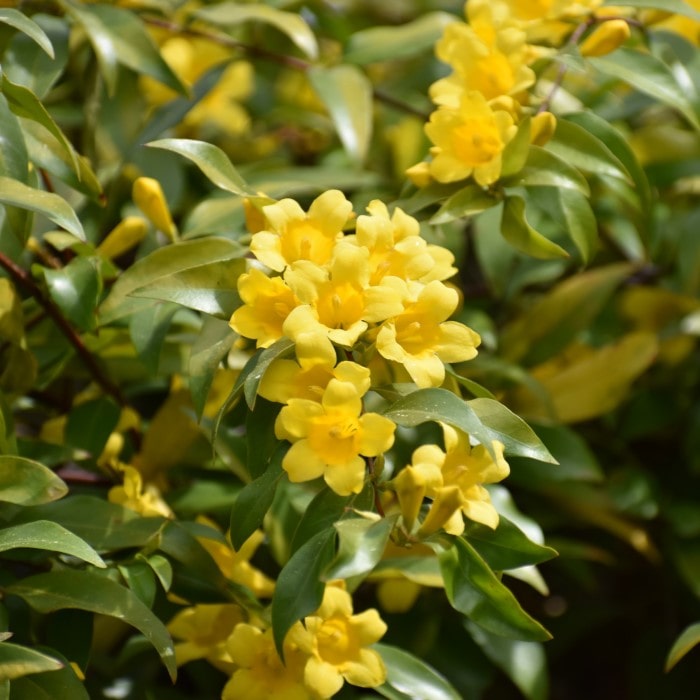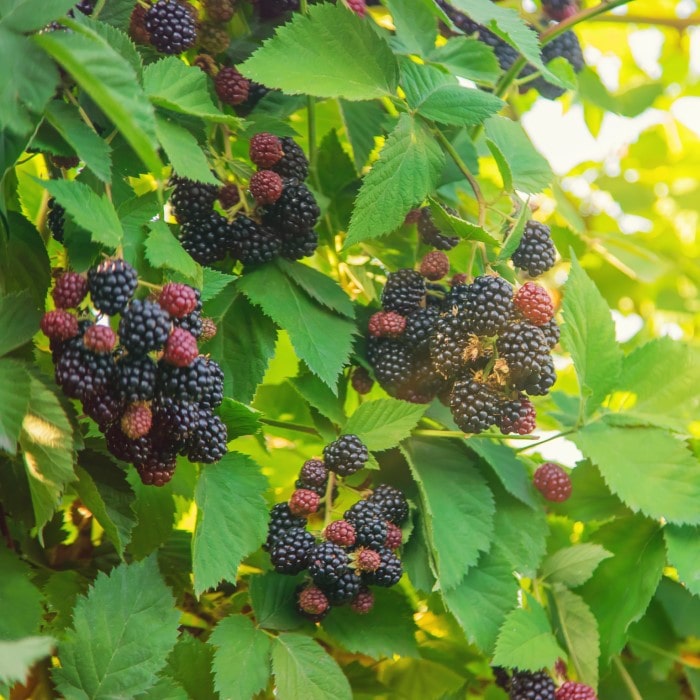Peperomia orba
Overview
Uses: Indoor Plant, Patio Plant, Outdoor Plant (in appropriate tropical climates)
Benefits: Air purifier—removes toxins and VOCs from the air. Non-toxic—safe for areas that children and pets can access. Evergreen succulent that provides beauty all year. Convenient size.
USDA Hardiness Zones: 10 - 12
Sun: Light Sun to Partial Shade
Life Cycle: Perennial
Mature Height: 6"
Mature Width: 6"
Bloom Season: Rare. Intermittent.
Summary
The Teardrop Peperomia, also commonly referred to as Peperomia Pixie, is a succulent-like flowering plant in the family Piperaceae.
This easy to take care of, versatile houseplant is best known for its large, thick, waxy green leaves and narrow, spiked white flowers.
Growing to a height of around 6" tall and about just as wide, this air-purifying, nontoxic live plant is perfect for a variety of locations.
Care
How to Water a Teardrop Peperomia
We suggest watering an indoor Peperomia orba once a week, possibly less in the winter.
It's best to give this plant water when the top half of the soil in its pot is dry.
Avoid overwatering and do not allow this houseplant to rest in standing water. Too much watering will result in the wilting and yellowing of stems and leaves, eventually followed by root rot should the wet conditions persist.
This plant stores water in its leaves and is considered to be drought resistant; however, too little water will initially result in the browning of branches and leaves, eventually followed by death should the dry conditions persist.
What is the Best Humidity for Teardrop Peperomia?
Peperomia orba does best in average to humid conditions.
The typical indoor humidity of a house should likely be fine, but one can supplement humidity with a pebble tray or humidifier if they so desire.
We suggest misting this plant every other day during periods of low humidity. Use caution when misting as too frequent or heavy misting may cause fungal issues.
How Much Sun Does a Teardrop Peperomia Need?
Avoid placing Peperomia orba in areas that receive extended periods of direct sunlight.
Too much bright indirect light may also cause negative issues.
Pixie Peperomias often do best in areas where they receive a slight amount of weak direct light, a slight to moderate amount of bright indirect light, and lots of shade.
These plants may be placed in a very shaded section of a house for months without negative issues, especially over winter months. Too much shade for too long; however, will cause negative growth related issues.
What is the Best Temperature for a Teardrop Peperomia?
Teardrop Peperomias require warmer weather and will likely die in extended periods of exposure to temperatures of 50°F or cooler.
It's best to keep this plant in temperatures above 55°F to ensure its beauty and the integrity of its growth; however the optimal temperature range of this houseplant is between 60°F and 85°F.
As such, Teardrop Peperomia thrives outdoors year round in USDA zones 10-12, and may or may not survive living outdoors over winter in USDA zone 9.
What is the Best Soil for a Teardrop Peperomia?
Peperomia orba prefers nutrient rich, loose, well draining soil with a very mildly acidic to neutral PH.
Our potting soil is a great option for those potting a Teardrop Peperomia.
How to Fertilize a Teardrop Peperomia
Peperomia orba should be fertilized on a regular basis between spring and fall, and will likely not require any fertilization over the winter unless it is exposed to enough light and the proper temperatures to encourage its winter growth.
It's considered a light feeder so we suggest using a balanced liquid fertilizer or fish emulsion that has been diluted to 50% strength to decrease the potential of overfertilization/burning.
Our slow release fertilizer is another great option for fertilizing your Teardrop Peperomia.
How to Trim and Maintain a Teardrop Peperomia
Peperomia orba is a slow growing plant and won't require too much maintenance or trimming other than the removal of brown and/or dead leaves.
It's best to use a sharp knife or trimming scissors for any pruning requirements. Ensure that the tool used for plant maintenance is cleaned prior to use to minimize the spread of illness or disease.
Teardrop Peperomia can be pruned in various ways to encourage different growth patterns. If a bushy and leafy plant is desired, it's suggested to trim the flowers as soon as they emerge. Lower leaves can be pruned to encourage taller growth.
We suggest fertilizing after any extensive pruning of live plant material.
It's best to prune during spring and early summer to allow time for regrowth prior to winter.
How to Repot a Teardrop Peperomia
Peperomia orba are slow growing and don't have extensive root systems, so they won't require repotting too often. In fact, they often thrive in pots that appear too small for them.
The best method for determining if your plant requires repotting is to check and see if roots are coming out of the drain hole at the bottom of its pot. It's time to pot up if you see them.
It's suggested that you don't repot your Teardrop Peperomia into any pot more than 2" larger than the one you took it out of.
Use appropriate potting soil, packed to a medium density.
How to Propagate a Teardrop Peperomia
The propagation of Peperomia orba is easily accomplished by placing a cutting in a glass of water or a pot of moist/wet soil, possibly with a slight amount of liquid fertilizer and/or rooting hormone (although neither are necessary).
Change water as required to maintain its cleanliness.
It's best to provide propagation cuttings with ample light, but to keep them out of strong, direct sun.
You'll want the cutting to be of one leaf with approx. 1"-2" of stem.
Roots should begin to emerge from the cutting after 2-3 weeks, at which point the plant should be placed in soil that is kept slightly moist until the plant becomes established.
Leaving the cutting in water/wet soil for too long after the establishment of roots will cause rotting and death.
Size
What Size is the Teardrop Peperomia for Sale Online?
The Peperomia orba that we sell online will ship in a greenhouse grade grow pot. Each plant will be appropriately sized for its pot. Please contact us with any specific questions.
How Large Do Teardrop Peperomias Grow?
The size of Peperomia orba when fully grown usually does not exceed 6" of height and 6" of width, making them great live indoor plants for a variety of locations.
Additional Information
Common Names of Peperomia orba
-
Teardrop Peperomia
-
Orba
-
Peperomia Pixie
-
Pixie Lime
Toxicity and Risks of Teardrop Peperomia
Peperomia orba is non-toxic to both people and pets. Since it's an air purifying plant, it actually lowers the risk of toxicity within a space.












